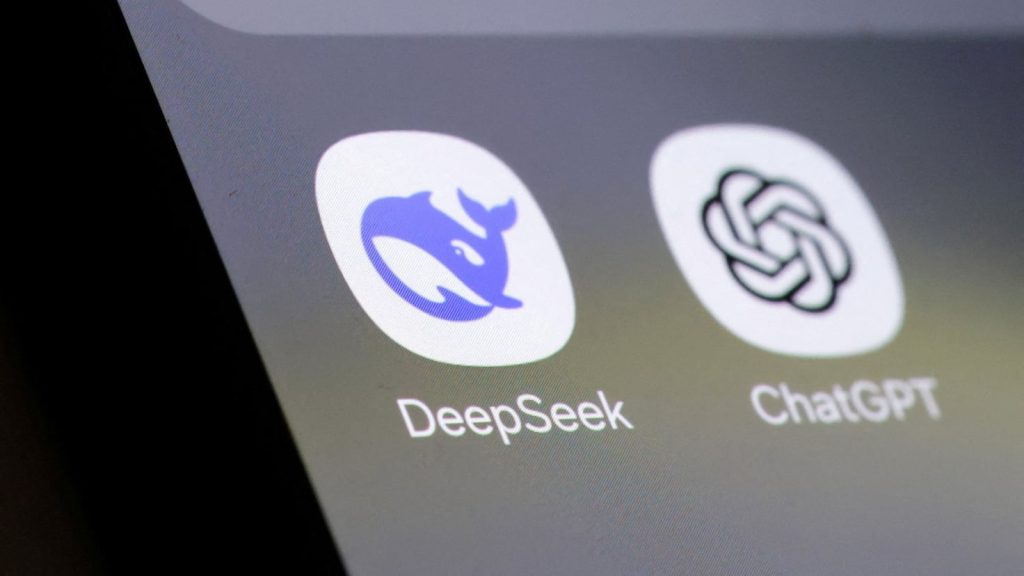As the US and China remain locked in a trade embargo, the Chinese company Hangzhou DeepSeek, which competes with OpenAI’s ChatGPT, Google’s Gemini, Microsoft’s Co-Pilot, and other generative AI chatbots, is set to update its model.
When DeepSeek went live in January, over a trillion dollars were erased from the US stock market, as the threat of an open-source competitor crushed dreams of high profits generated by pay-walling access to their models.
Additionally, the large language model that powers DeepSeek was developed at a fraction of the cost of other competitors, like ChatGPT. Although many tech companies have invested heavily in AI, they have yet to see any significant returns. DeepSeek’s low development cost and open access will make recouping those investments more difficult. Why would a user pay for ChatGPT if they can use DeepSeek for free? And, what happens if DeepSeek far exceeds the capabilities of ChatGPT?
Leaked documents on DeepSeek’s development spread on social media
The initial version of DeepSeek launched in January and runs on R1, Reasoning Model 1. A tech YouTuber, World of AI, believes that R2 could be coming very soon, based on reports from Reuters and posts on Jiuyangongshe, a Chinese social media platform that focuses on stock trading and investment news. The posts on Jiuyangongshe with leaked details on the development of R2 and its release have since been deleted. Nevertheless, the YouTuber said that if true, DeepSeek R2 “could be the best reasoning model ever.”
Though the news is exciting, much of what the content creator says in the video should be considered speculative, as nothing has been confirmed.
The World of AI covered one of the documents released in the leak, a sheet listing various Chinese technology companies and their roles in DeepSeek’s development. Bringing all of these companies together points to China building “a vertically integrated supercomputing empire,” argued the YouTuber.
🚨 DeepSeek R2 leaks!
– 1.2T parameters, 78B active, hybrid MoE.
– 97.3% cheaper than GPT-4o: $0.07 input / $0.27 output.
If true, a new behemoth is rising — and “intelligence too cheap to meter” might soon be reality. 🌍🤖 pic.twitter.com/QL0CzweAoR— WorldofAI (@intheworldofai) April 27, 2025
If the leaks are accurate, the R2 will have been developed on Huawei Technologies’ Ascend 910B, which has been shown to be 91 percent more efficient when compared to NVIDIA’s A100-based cluster, according to Ben Jiang writing for South China Morning Post.
Lastly, World of AI also highlighted the low development costs of DeepSeek compared to ChatGPT-4, which was reported in the leaks to cost 97.3 percent less. How? Because DeepSeek, as explained by Jiang, harnessed the power of “a so-called hybrid mixture-of-experts (MoE) architecture, with a total of 1.2 trillion parameters.”
ChatGPT-4o has used around 1.8 trillion parameters. MoE is not the same machine-learning approach used by OpenAI, and is one of the ways DeepSeek has been able to keep costs lower while developing a comparable tool. Jiang breaks the approach down, saying it ”divides an AI model into separate sub-networks, or experts – each focused on a subset of the input data – to jointly perform a task.”
What does an improved DeepSeek mean for US tech companies
The release of DeepSeek R2 could spell trouble on Wall Street for companies with their own generative chatbots, or for companies like NVIDIA, whose chips were thought to be integral to the development of these complex models. However, the leaked documents indicate that the system will run on Huawei chips, which could negatively impact NVIDIA’s financial performance at a very inopportune time. NVIDIA’s stock is down by 23 percent since January, and if the White House imposes tariffs on electronics, including their chips, prices could increase rapidly
Related stories
Get your game on! Whether you’re into NFL touchdowns, NBA buzzer-beaters, world-class soccer goals, or MLB home runs, our app has it all.
Dive into live coverage, expert insights, breaking news, exclusive videos, and more – plus, stay updated on the latest in current affairs and entertainment. Download now for all-access coverage, right at your fingertips – anytime, anywhere.

